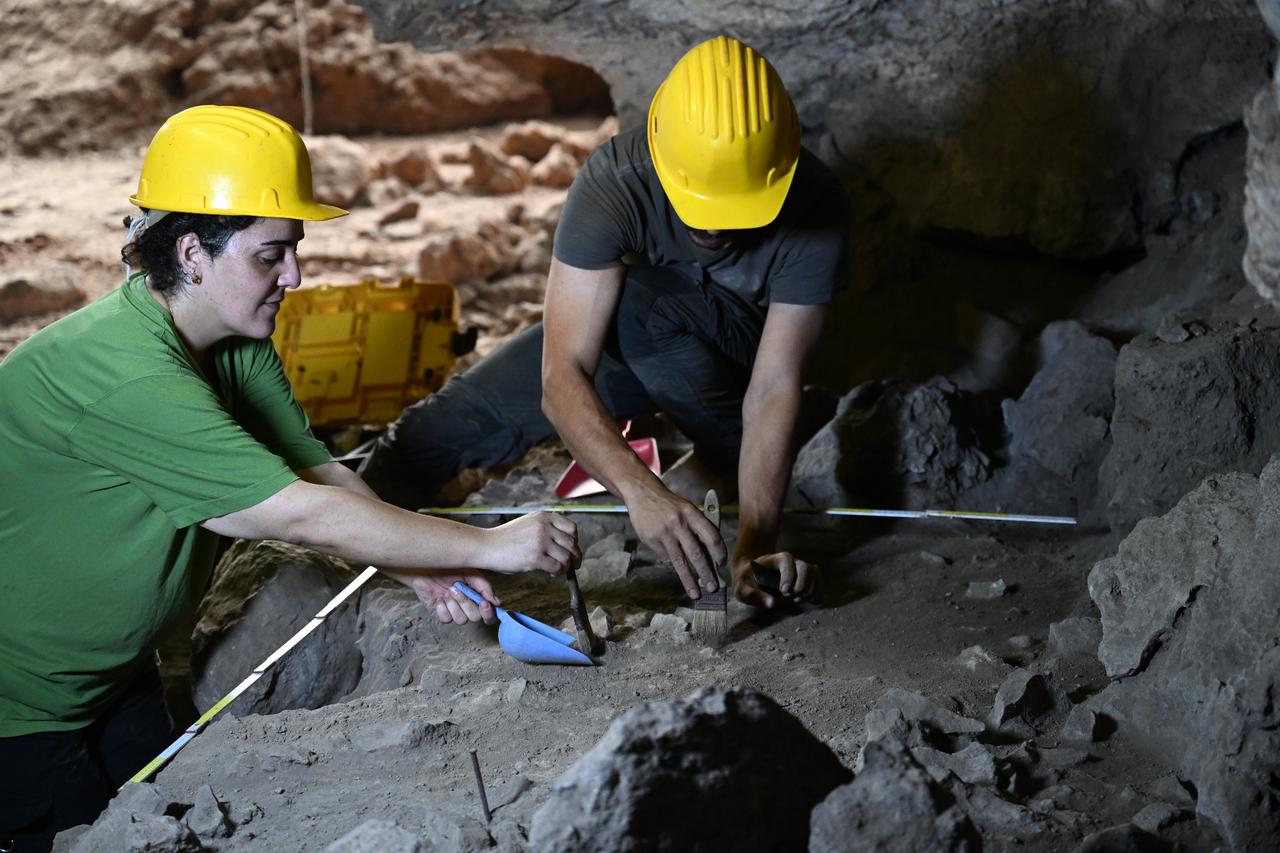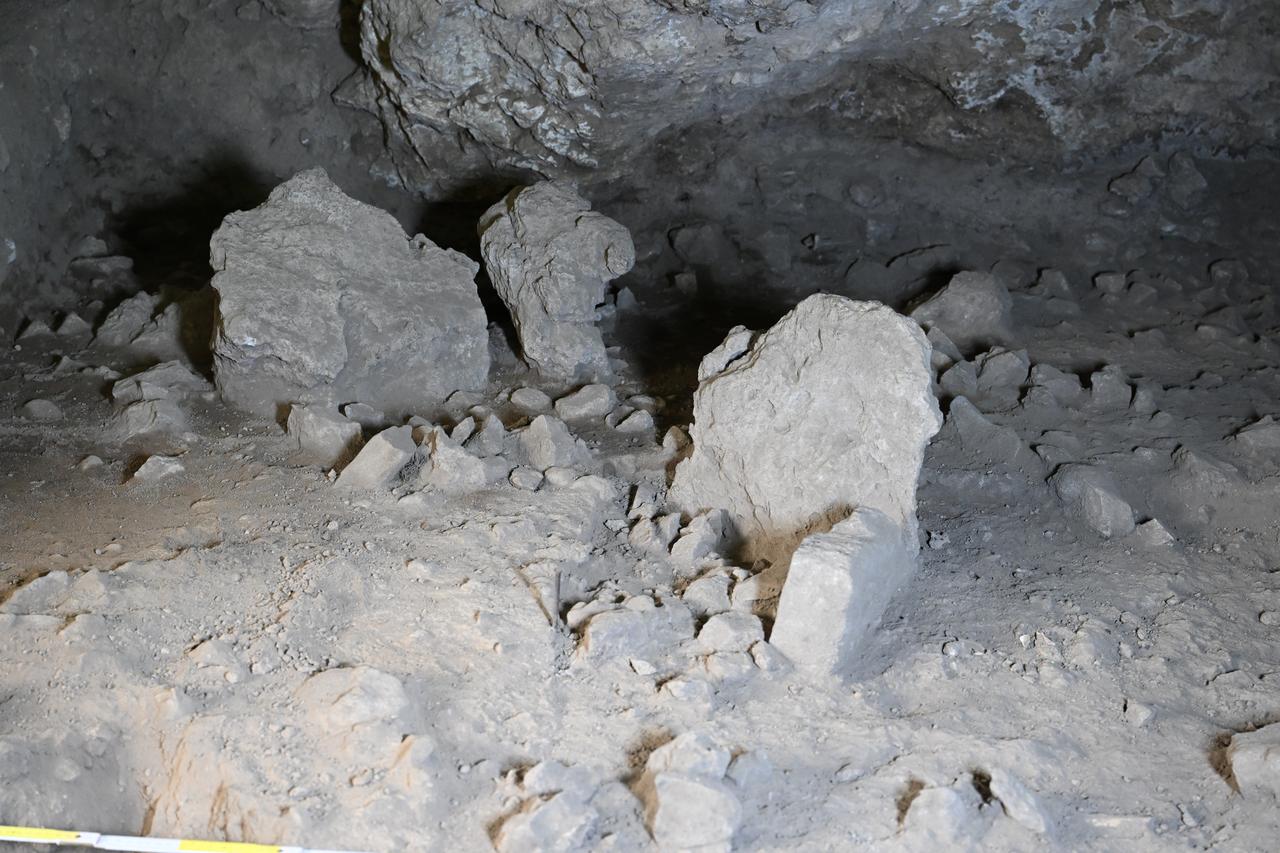
Archaeologists have unearthed a fifth grave inside Direkli Cave in Türkiye’s southeastern Kahramanmaras province, revealing what may be one of the region’s earliest organized burial sites, dating back around 14,000 years.

The excavation project, which began in 2007 in the Onikisubat district’s Dongel village, has now yielded its fifth rectangular grave.
Professor Cevdet Merih Erek, head of the dig and a faculty member at Ankara Haci Bayram Veli University, explained that the team reached the find within just 20 days of this year’s work.
The grave was enclosed by flat stones placed upright, supported from behind with additional stones to prevent collapse.

Although a complete skeleton has not yet been uncovered, human bone fragments have already been identified within the grave.
According to Erek, the burial was constructed on a flat surface without soil fill, with the top likely sealed by stone slabs instead of earth. This method of covering, he noted, sets the Epipaleolithic graves apart from earlier burials of the Upper Paleolithic.
“Archaeologically, when we layer this site, we can date it back 14,000 years before today. It is possible to say that this grave goes back approximately that far,” he emphasized.

Findings from Direkli Cave suggest that the people of the period sought to remain close to their deceased, keeping a spatial connection within their living environment.
Burials were carefully outlined with stones and often contained personal objects such as beads and bone spoons.
These items, according to researchers, reflect how communities integrated their everyday life with their funerary practices.